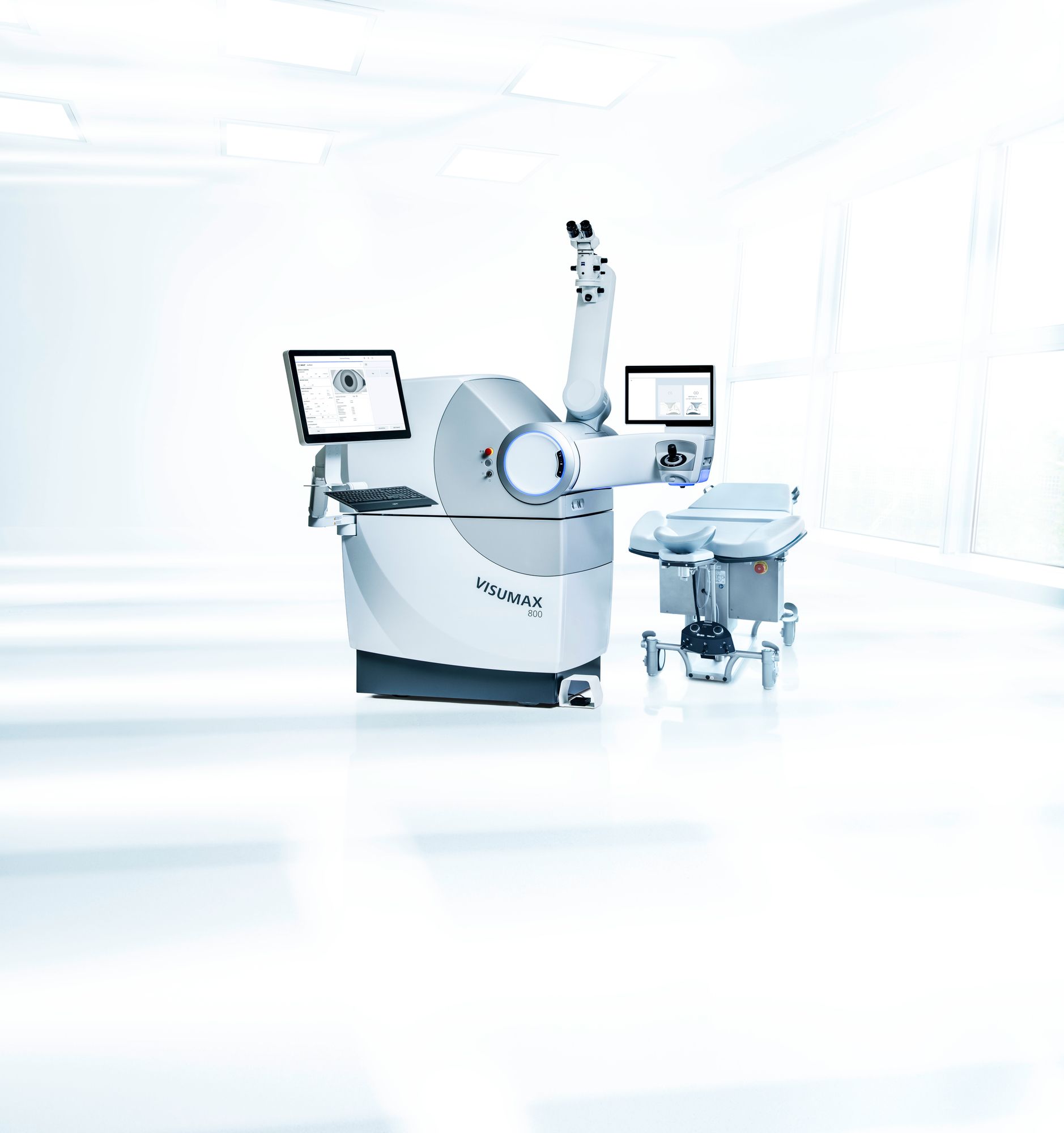Dry Eyes After ICL Surgery
What is “Dry Eye” After ICL?
Dry eye after ICL refers to symptoms such as:
- A sensation of dryness, grittiness or foreign-body in the eye
- Intermittent irritation or burning, especially in low-light or screen use
- Blurred vision, flickering or fluctuating clarity due to tear-film instability
- Fatigue, sensitivity to wind, screens, or longer visual tasks
Unlike laser procedures (which reshape the cornea), ICL surgery implants a lens inside the eye without major corneal surface changes—but that doesn’t mean dry eye risk is zero.
How Common Is Dry Eye After ICL Surgery?
Here are what recent studies have found:
- A study using the “Evaluation of Dry Eye after ICL” found that patients had significantly worse dry-eye indicators (e.g., meibomian gland dysfunction, tear-film break-up time) at 1 month post-op, with partial recovery by 3 months.
- Another recent analysis found that dry eye symptoms were noticeably higher at one week after ICL compared to baseline, but improved by 3 months.
- One review noted ICL implantation “has no adverse effect on the occurrence of postoperative dry eye” in some metrics—but it did show reduced basal tear secretion and impaired meibomian-gland index short term.
So: in short, dry eye after ICL can happen, often in early post-op period, but tends to recover and appears less severe or less frequent than after corneal laser surgeries.
Why Does Dry Eye Happen After ICL?
Even though ICL spares the cornea’s major reshaping, the following factors can contribute:
- Incision injury: Even small incisions or surgical manipulation can affect corneal nerves or tear-film control.
- Inflammation or surgical trauma: Post-op inflammation can disturb tear film stability or meibomian-gland function.
- Pre-existing dry eye or tear-film instability: Patients who already had dry-eye signs (low Schirmer, low tear break-up time) are at higher risk.
- Meibomian gland dysfunction: Some patients show deterioration in gland secretion or quality after surgery, which affects tear-film lipid layer and stability.
- Reduced tear secretion: Some studies found basal tear production was reduced post-ICL even if dry-eye incidence didn’t increase dramatically.
What to Expect in the Recovery Timeline
- First week: Highest chance of symptoms: increased dryness, foreign-body sensation, flicker or blur with screen use.
- 1-3 months: Many patients’ tear‐film indicators improve; symptoms often reduce significantly. Studies show by ~3 months, many parameters move toward baseline.
- Long-term: In well-selected patients, persistent dry eye after ICL appears relatively uncommon compared to laser-based procedures. But individual risk remains (especially if pre-op dryness existed).
Why ICL May Be a Better Option for Patients Prone to Dry Eye
If you already suffer from dry-eye symptoms, ICL may present advantages:
- Because there is less disruption to the corneal surface nerves than in LASIK/SMILE, the dry-eye risk from nerve damage is lower.
- Since corneal tissue isn’t removed, the ocular surface (tear-film interface) remains more intact.
- Many clinics position ICL as a “dry-eye-friendly” alternative for patients with thin corneas or pre-existing tear instability.
How to Minimize & Manage Dry Eye After ICL
Here are practical steps:
- Pre-operative screening: Before ICL, your surgeon should evaluate tear-film quality, meibomian-gland status, blink rate, and rule out severe dry eye.
- Optimize ocular surface before surgery: If you have dry eye, treat it (lid hygiene, warm compresses, artificial tears) so you start from a healthier baseline.
- Follow your post-op regimen: Use all prescribed lubricating drops, anti-inflammatories, and protect your eyes from wind, air-conditioning, screens. Many post-ICL guides emphasise this.
- Blink regularly and reduce continuous screen use—especially in early weeks.
- Use artificial tears: Even if mild, regular use of preservative-free lubricants helps.
- Warm-compress & lid-hygiene if MGD present: Because meibomian gland dysfunction plays a role, maintaining good lid health helps tear film.
- Avoid environments that exacerbate dryness: air vents, windy situations, dry air (planes, AC), extended screen work without breaks.
- Report persistent symptoms: If dryness persists beyond 3-6 months (or you have significant tear-film deficiency), your surgeon may consider further treatments like punctal plugs, prescription dry-eye meds, or in rare cases lens-exchange/adjustment.
What to Ask Your Korean Clinic Regarding Dry Eye & ICL
- What is my tear-film status, meibomian gland health, blink rate pre-op?
- Given my baseline, what is my risk of dry eye after ICL?
- Will you be using a small-incision technique that minimises ocular surface disruption?
- What lubricating drops, protective measures, post-op schedule do you provide?
- Are there follow-ups specifically for ocular-surface/tear-film checks?
- What happens if I still have symptoms after return home (as a foreign patient)?
Final Thoughts
Dry eye after ICL surgery is possible, but in many cases less severe and more temporary than after corneal-based laser procedures. The key factors are pre-existing dryness, surgical technique, post-op care, and ocular-surface health.
If you’re considering ICL — especially in Korea — doing your homework on dry-eye risk and choosing a clinic that treats ocular surface as carefully as the lens-implant itself will give you the best outcome and comfort.













